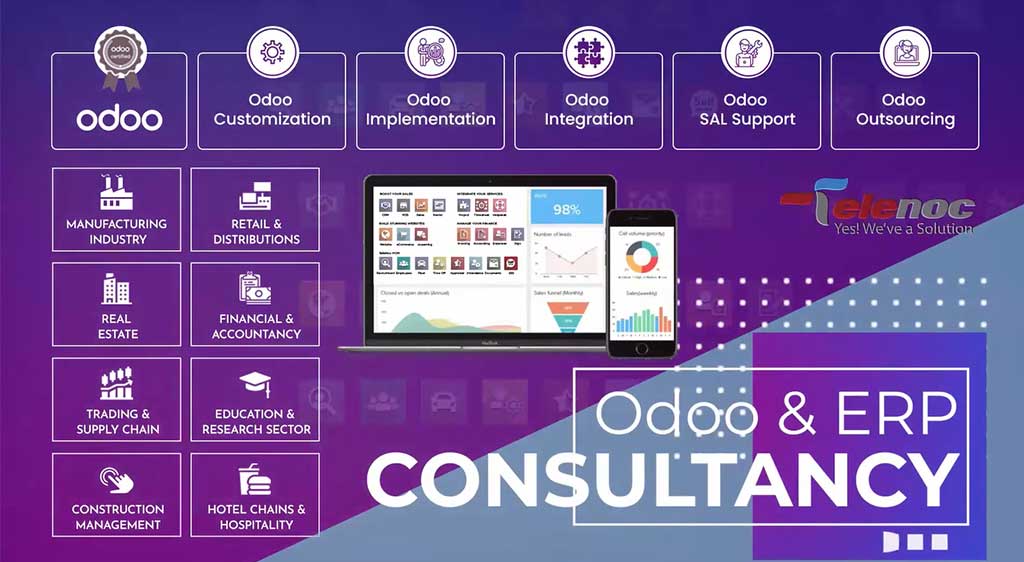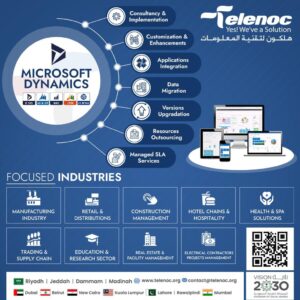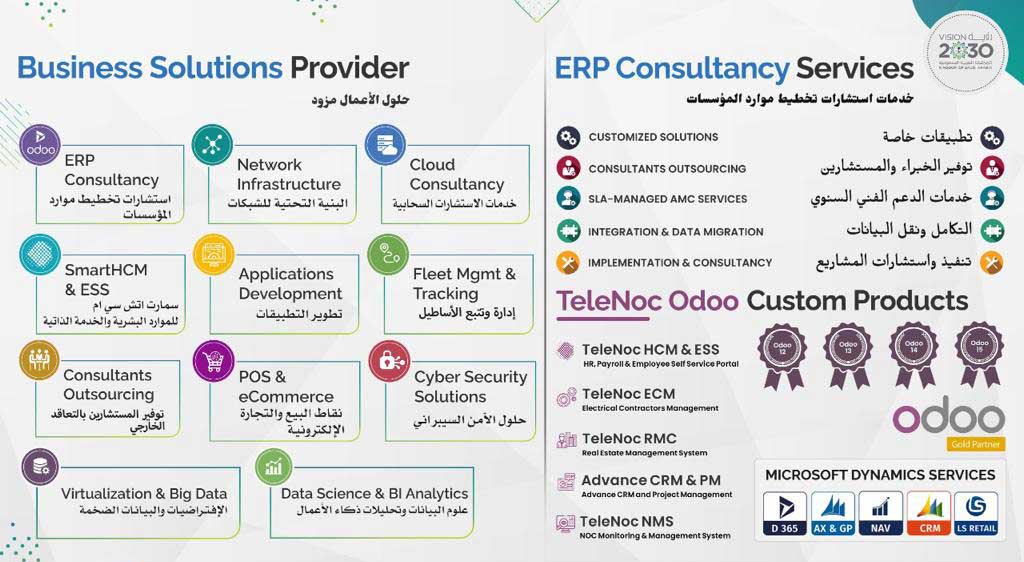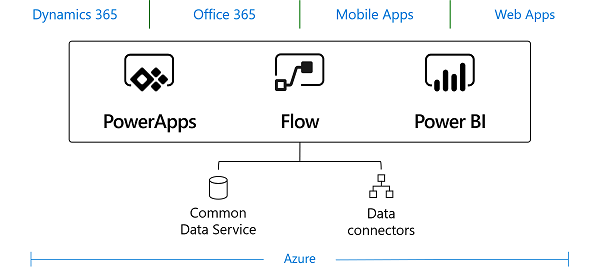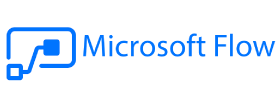- ABOUT TELENOC
- SERVICES
- IT Infrastructure Services
- Managed NOC Services
- Managed IT Services
- Thermal CCTV & Sanitized Gates
- Data Center Design & Implementation
- CCTV Security & VOIP Solutions
- Access Control & Wireless Systems
- IPTV & Video Conferencing Solutions
- Raise Floors & Rack Systems
- Copper & Fiber Systems
- A/V and Hospitality Solutions
- Fire Alarm & PA Systems
- Backup & Storage Solutions
- Cyber Security Governance
- Managed SOC Services
- Cyber Forensics Services
- Cloud Security Services
- Identity & Access Management
- Risk/Maturity Assessment
- Legacy Archiving Consultancy
- Managed Security Services
- Data & Network Security
- Applications Security
- Endpoint & Server Security
- Sayen: Digital Secured Sign
- Emdha: Digital Secured Sign
- PRODUCTS
- PORTFOLIO
- CONTACT US


